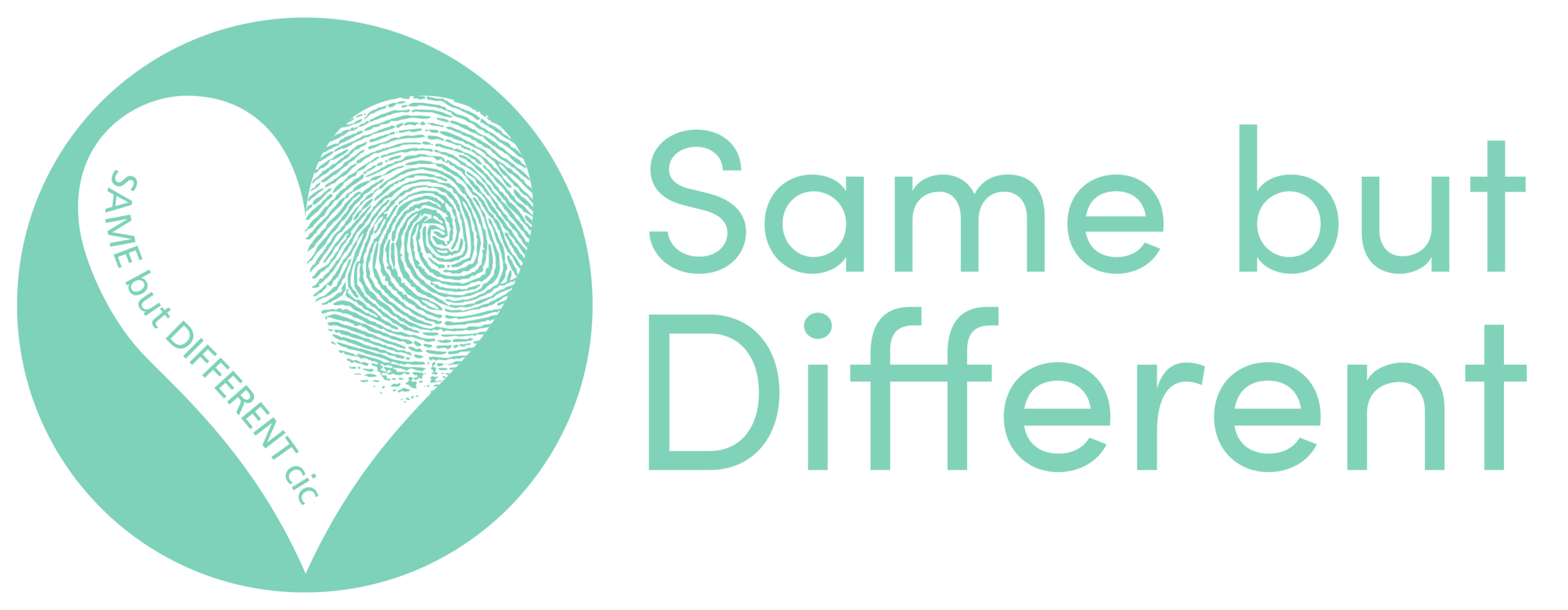Jono - Treacher Collins Syndrome
Treacher Collins syndrome is a condition caused by a genetic mutation, this syndrome is one that Jono Lancaster was born with. He faced a world from a young age where his appearance was markedly different from that of anyone he knew or had seen. The syndrome affects heads and faces and tends to cause underdevelopment of the facial skeleton, cheekbones, jaws, palate and mouth, which can lead to breathing and feeding difficulties. In his case, he didn’t have any cheekbones and his ears didn't develop properly so his hearing is affected and he uses a hearing aid.
All photographs by Ceridwen Hughes
Growing up with a facial difference has led Jono Lancaster on a path he walks proudly today, helping and supporting others with facial differences, but he wasn’t always as accepting of his condition as he is today. “Growing up there were times when I was feeling very vulnerable, very scared, and I questioned what my future would look like, with a visible difference. The more I struggled, the more I started to look everywhere for people with visible differences in my favourite films, music videos, sporting arenas, in my playground in friendship groups, however, I didn't see anybody with a visible difference. I was questioning constantly, why did I look like this? Am I ever going to find love, I'm ever going to find happiness. When all you see out there are negative images or negative stories attached to people with visible differences, you start to believe your future is negative.”
In society today, where physical appearance holds significant social currency, the absence of people with facial differences in media could intensify feelings of isolation and negativity for those with a visible difference. Worse still, the rare representations of those with facial differences are often relegated to villainous characters, perpetuating a narrative steeped in negativity and fear rather than acceptance and understanding. The stark underrepresentation extends beyond digital and print media into the realms of art, culture and history and is something he is very aware of.






